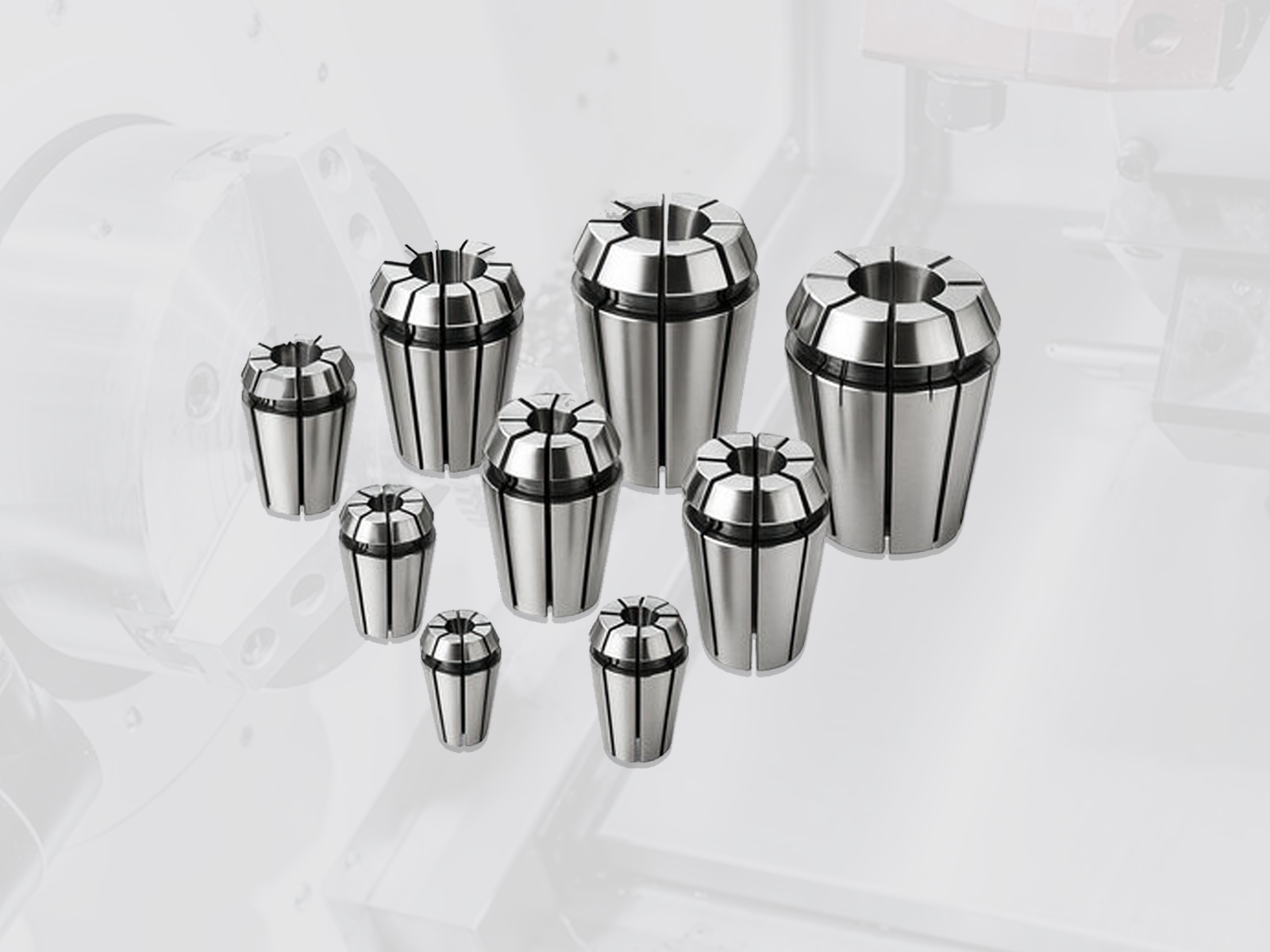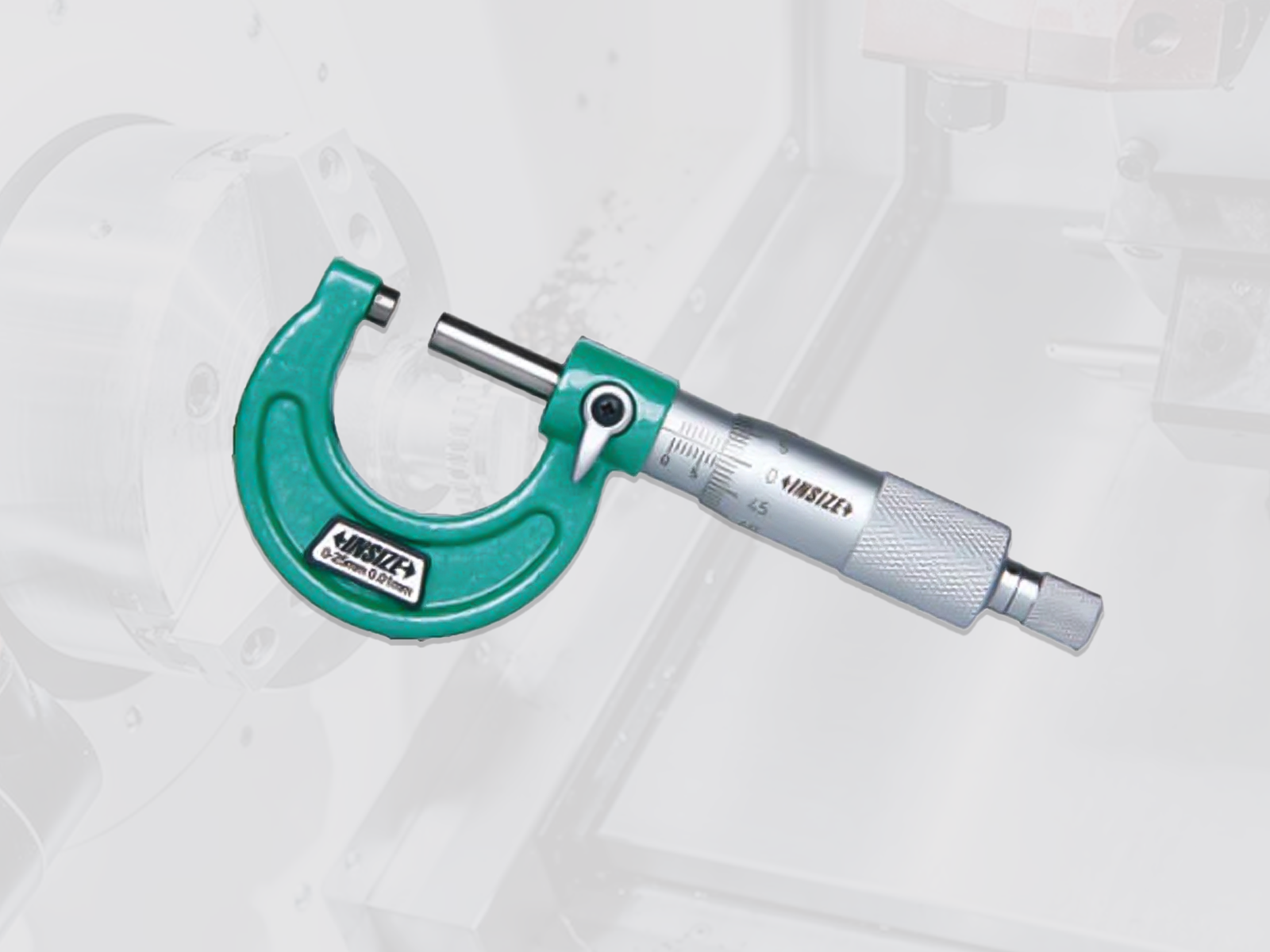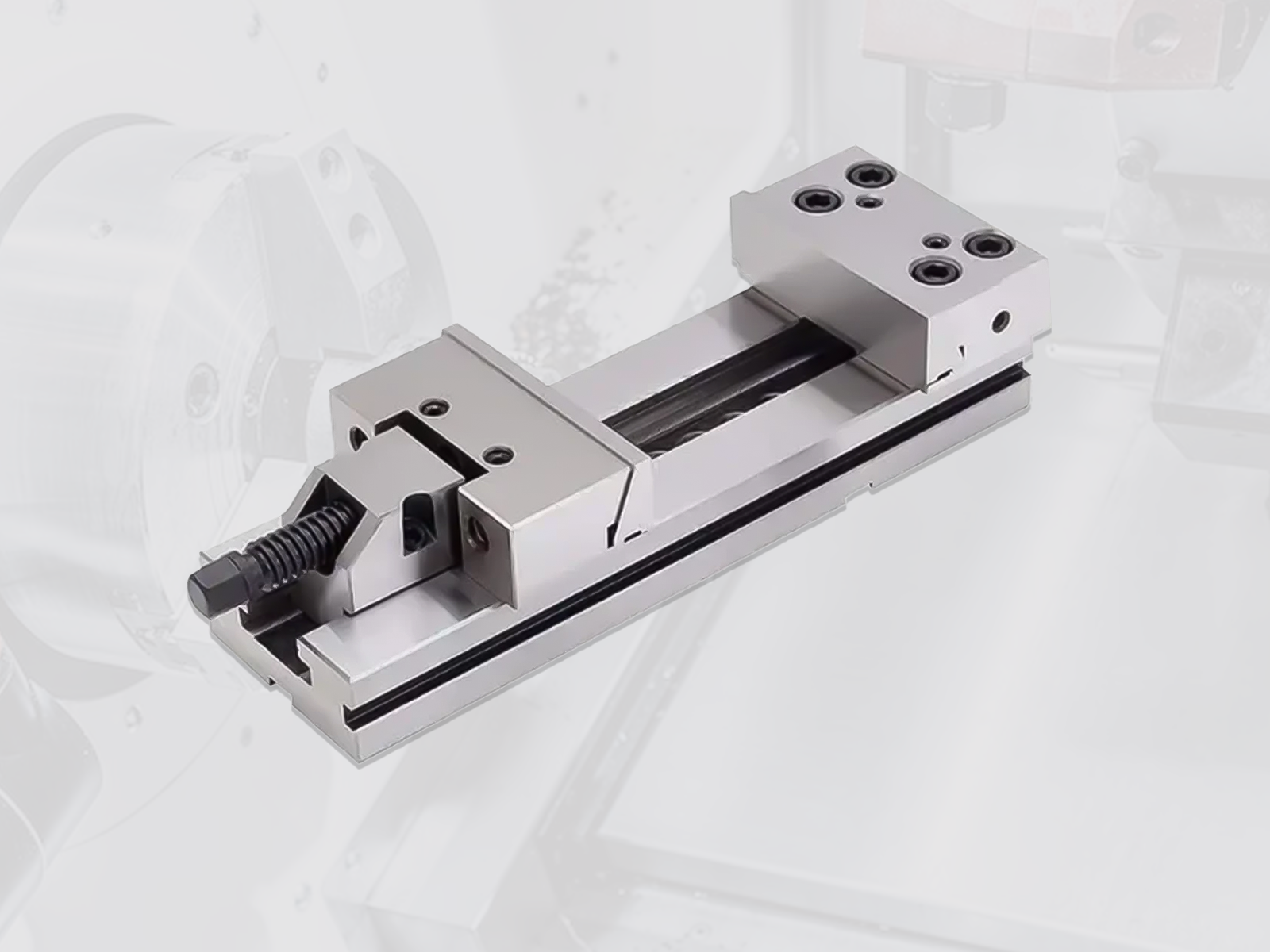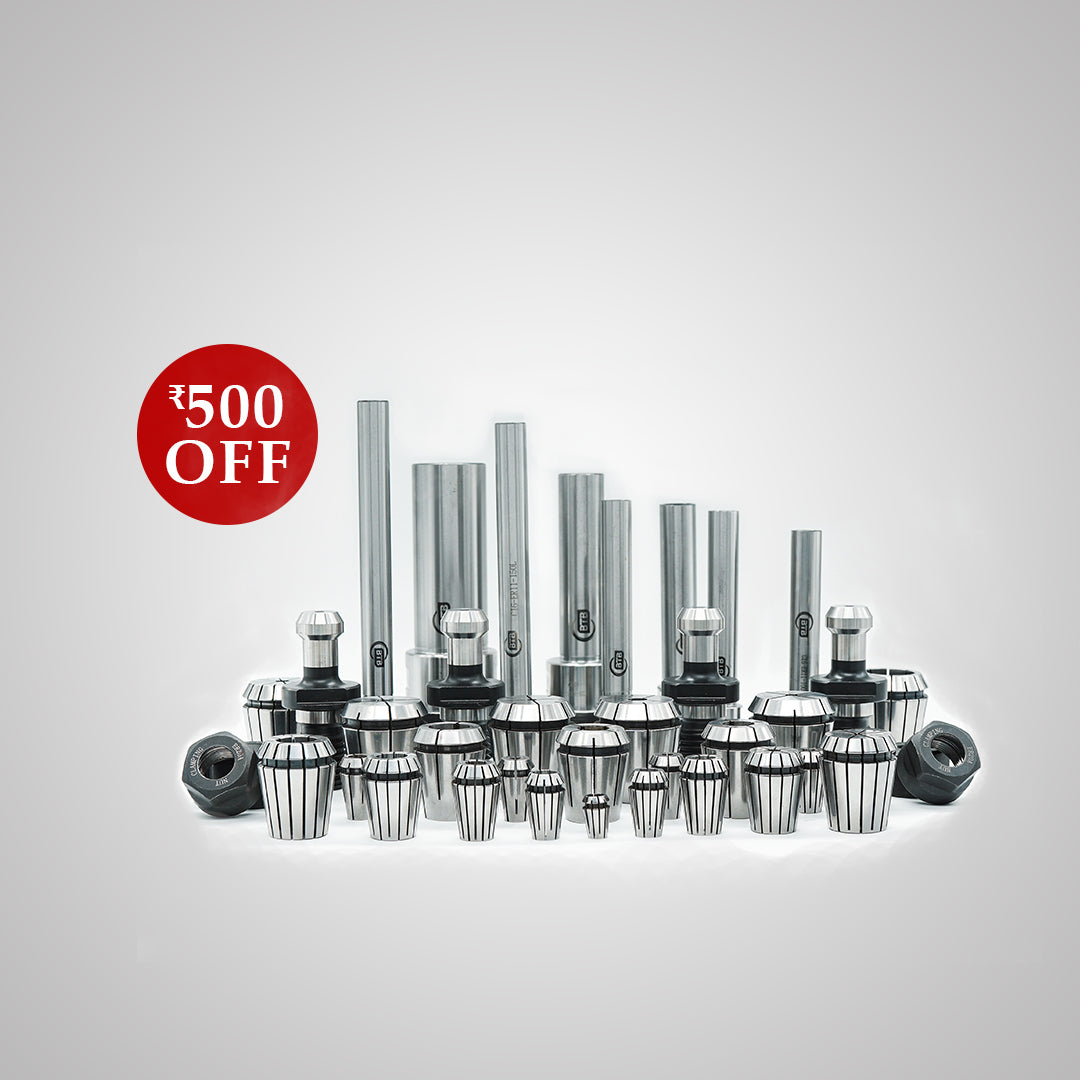Milling Holders vs. Collet Holders – Which is Best for Your CNC Setup?

What Are Tool Holders in CNC Machining?
A toolholder helps you hold the cutting tool firmly by connecting the cutting tool to the spindle of the CNC machine when performing operations like milling, drilling, or grinding.
A good tool holder will make you fall in love with your job. Whereas a bad one will irritate and frustrate you. Besides, they directly impact the efficiency and quality of your work.
So, here’s our guide on comparing the most used tool holders- Milling holder and collet holder, their types, benefits, and which suits your CNC machine.
What Is a Milling Holder?

A milling holder holds the cutting tool using the needle bearing mechanism. The needle rollers are packed in cages and designed to rotate inwardly. This deforms the tool shank to give a higher clamping force for better rigidity.
Every part in the milling holder is built to ensure high rigidity and stability. Typically, they consist of:
Taper - A cone-shaped holder called a taper is connected to the spindle. It gives good torque transmission and lowers the vibration.
Flange - It connects the tool holder to the spindle and gives rigidity and stability during high milling operations.
Collet pocket - A collet pocket helps to insert the cutting tool. It gives proper alignment and accuracy.
Types of milling holders:
Weldon type holders - This end mill holder has a flat on the shank which can be tightened with a screw. It has more clamping force and gripping strength to prevent pulling out during milling.
Side lock holders - Side lock holders have side locking screws to prevent them moving from the intended central axis. This provides higher accuracy and repeatability in heavy milling operations.
Shell mill holders - Shell mill holders are capable of holding cutters and have additional rigidity to improve cutting performance.
Advantages of Milling holders:
· As they have a flat shank, it increases the gripping strength and makes them best for heavy milling operations.
· They reduce vibrations and chatter.
· Due to their stability, they decrease wear and tear and increase the tool’s shelf life.
Disadvantages of Milling holders:
· They are limited only to flat shanks, which makes them less versatile.
· Compared to collets, they have higher runouts.
What Is a Collet Holder?

A collet holder helps to hold the tool by clamping it inside the conical-shaped collet. The collet distributes an even clamping force to the tool. This gives higher precision and lower runouts. If you use a right-sized tool that matches the collet, you can increase the gripping force by 50%.
A collet holder is built to give high accuracy and reduce friction. The main components are:
Collet- Collets are round and have kerf cuts, which help them to contract and expand.
Nut- The nut tightens the tool with a collet, and they are made up of hardened steel.
They also have a collet pocket that helps to align the toolholder more precisely.
Types of collet holders:
ER collet holder:
ER collets are the most popular among collet holders, because they are more versatile and flexible. They are a good choice for finishing and light milling work. Besides, they have run out below 5 microns.
Micro holder:
Micro chuck holders are used to hold small diameter cutting tools in milling. They are designed to deliver extreme precision, and their tolerance is below 5 microns at 3D.
Super holder:
Super chuck holders have a higher gripping force and have more accuracy than ER collet holders. They also have better runout below 5 microns at 4D. They are the best choice if you have a high-speed spindle.
Milling Holders vs. Collet Holders: What’s the Key Difference?
Both milling holders and collet holders have a serious place in milling operations. But knowing their differences will help you to choose what’s best for your CNC setup. Let’s look into their main difference here:
Grip strength:
Grip strength is important to hold the tool firmly. Compared to collet holders, milling holders have more gripping strength. Because they deform the needle rollers in the milling holder to grip the tool shank. This reduces vibration and improves rigidity.
Whereas, in a collet chuck, the nut used to hold the tool works on friction. This gives a lesser gripping force than milling holders.
Runout clearance:
Runout helps to measure how much the tool moves away from the intended central axis. It directly affects the quality of your product. So, we need to keep them as low as possible.
Runout is low in the collet chuck holder because the collet uniformly distributes the clamping force between the tool and holder. Normally, they are below 5 microns.
But in the milling holder, the needle bearing mechanism causes higher runout. Yet, the Advanced milling holder comes with low runouts.
Balance:
A balanced toolholder reduces vibration and chatter, which affects the shelf life and finishing quality of the tool. Due to the concentrated clamping design, collet holders have great balance.
Versatility and productivity:
Collet holders can work on different diameters of tools. For example, ER collets have a wide range of collet sizes like ER11, ER30, ER40, ER50. Besides, they take less time to change tools, which makes them a versatile toolholder.
Milling holders work with a limited tool size and need separate holders for different tool sizes.
Price:
Collet holders are more affordable than milling holders because they are more versatile.
But milling holders are quite expensive due to their more rigid design.
Which Holder Is Better for Heavy-Duty Machining?
If you work with heavy metals like stainless steel or titanium, you need a milling holder. As we said before, they offer more rigidity and stability during heavy metal cutting operations.
Besides, they can handle higher radial and axial loads and lower the vibration. They can maintain a balance up to 12,000 rpm spindle speed.
This makes the milling holder ideal for heavy-duty machining.
Which Holder Offers Better Precision for Fine Work?
If you work with soft materials like Aluminum and your work requires precision and light roughing operations, then collet holders are the ones for you.
The uniform clamping force in the collet holder helps to work on delicate metals at high spindle speeds.
Milling holder vs collet holder maintenance?
Apart from their differences, They both need an equal amount of maintenance for better performance.
Some common tips for both tool holders are:
· Remove any chips and dirt from the toolholders after the milling operation.
· Lubricate them with oil when storing.
· Always clean and use dried collet parts for fixing collet holders.
· Don’t over tighten the part when clamping milling holders. It will damage the tool.
· Check and inspect tool holders regularly to reduce damage costs.
Which Holder Should You Choose for Your CNC Setup?
Both milling holders and collet holders are great on their own terms. But choosing the right toolholder is crucial for maximizing efficiency. So, we created a simplified table to select the best tool holder for your needs.
|
Specification |
Milling Holder |
Collet holder |
|
Machining Type |
Good for Heavy metal cutting operations. |
Good for finishing and light roughing operations. |
|
Materials |
Heavy materials Example: steel |
Soft materials Example: Aluminium. |
|
Runout accuracy |
Higher Runout |
Lower Runout |
|
Production Volume and Speed |
Best for higher production volume and speed. |
Best for lower volume production. |
|
Versatility |
Limited options |
High precision and more versatile |
|
Cost |
More expensive than a collet holder |
Affordable |
For example, if you work with many tool sizes and need flexibility, go for an ER collet chuck holder, or go for a milling holder if you need more rigidity.
Milling Holder or Collet Holder – What’s Right for You?
We know how important it is to find the right tool holders for CNC. When choosing a tool holder always look for their balance, runout, gripping strength and price.
Block-to-box will help you reduce that stress. Contact us for any guidance you need.
But keep in mind that maintaining them is equally important for better efficiency and high precision.
Check our Toolholders collection here.
This is your blog post text. Add your paragraph content here.
Read More
-

, by Marketing Team ER Collet Guide: Sizes, Types, Applications & How They Work
-

, by Marketing Team Micrometer Guide: Types, Usage, Reading & Tips for Precision
-

, by Marketing Team CNC Fixture Design Guide | Types, Components & Tips for Machining




